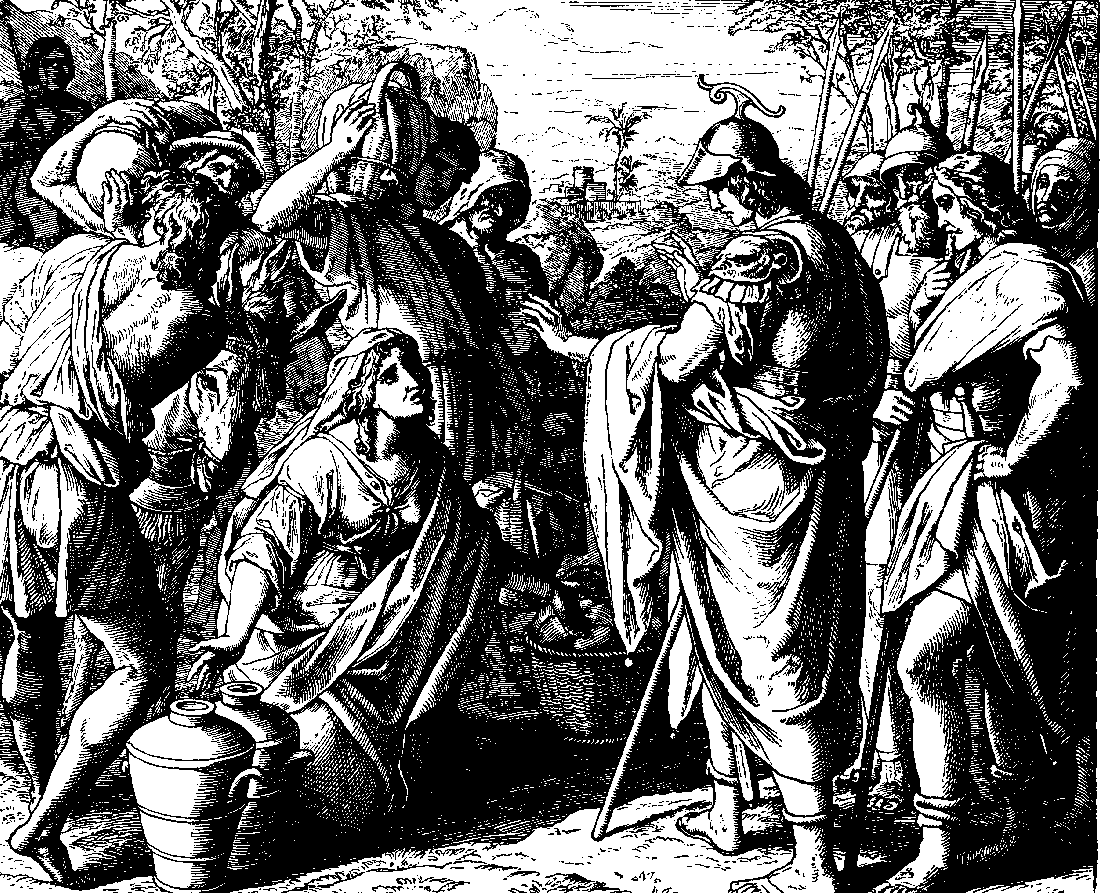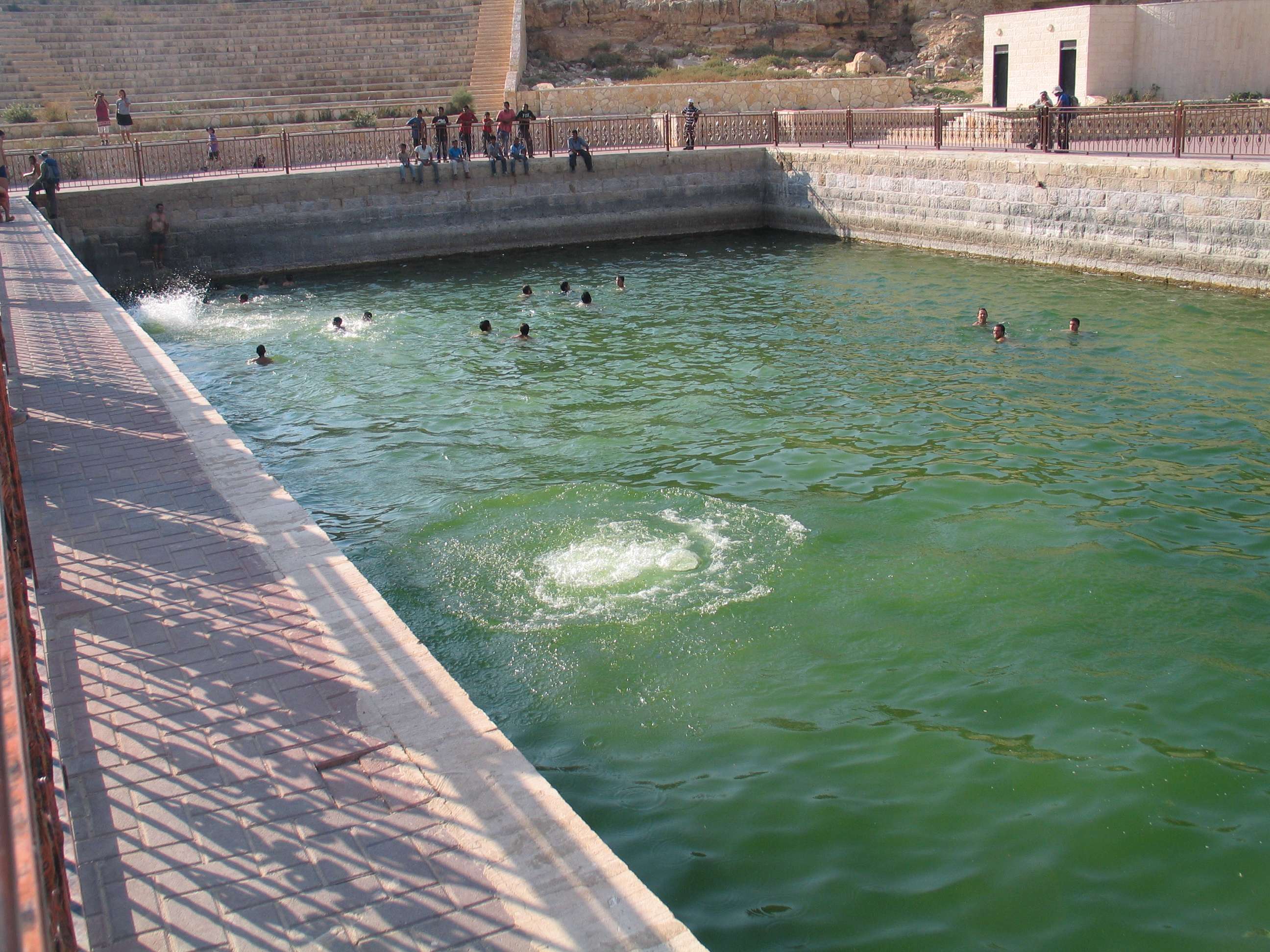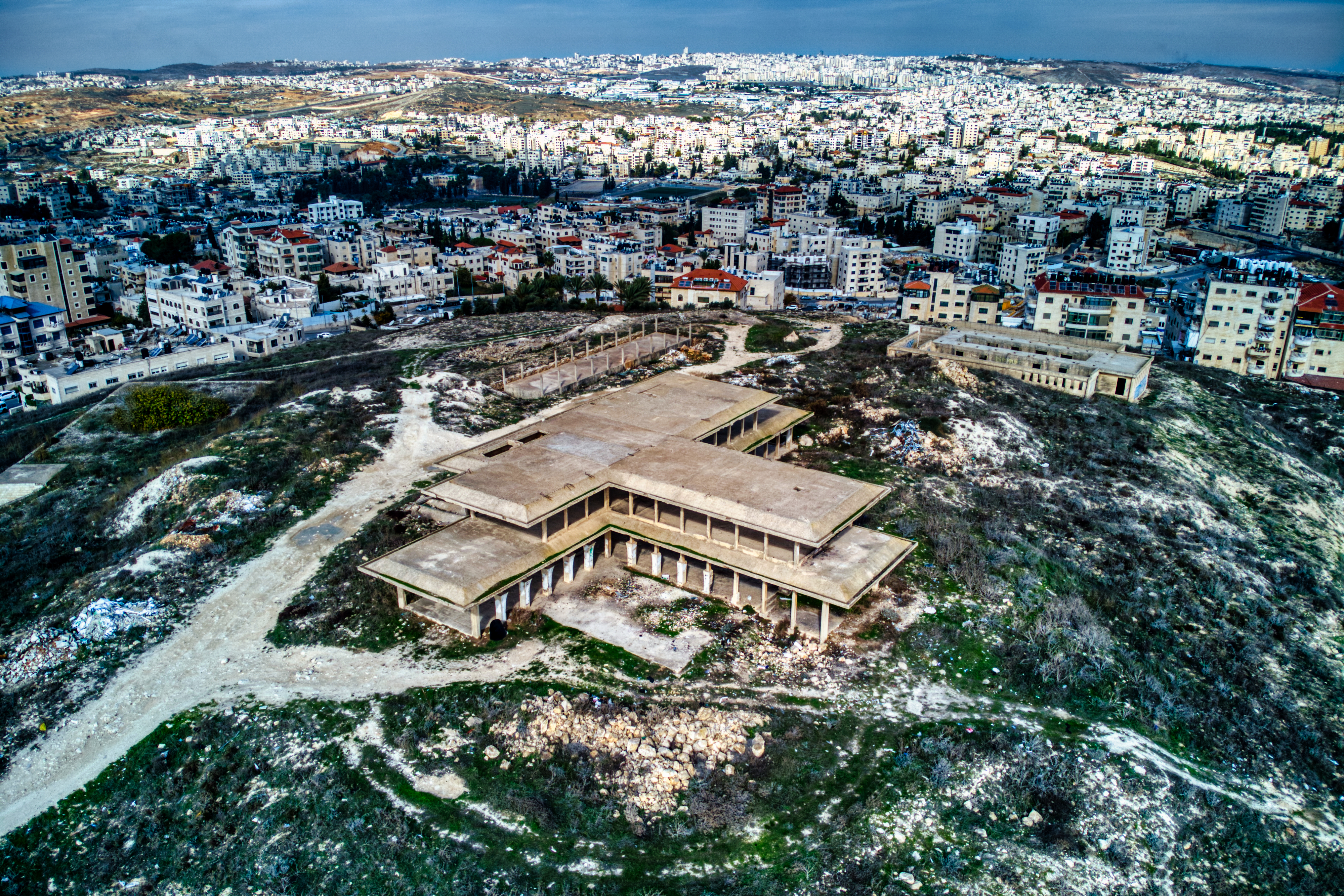|
1 Samuel 25
1 Samuel 25 is the twenty-fifth chapter of the First Book of Samuel in the Old Testament of the Christian Bible or the first part of the Books of Samuel in the Hebrew Bible. According to Jewish tradition the book was attributed to the prophet Samuel, with additions by the prophets Gad and Nathan, but modern scholars view it as a composition of a number of independent texts of various ages from c. 630–540 BCE. This chapter contains the account of David's escape from Saul's repeated attempts to kill him. This is within a section comprising 1 Samuel 16 to 2 Samuel 5 which records the rise of David as the king of Israel. Text This chapter was originally written in the Hebrew language. It is divided into 22 verses. Textual witnesses Some early manuscripts containing the text of this chapter in Hebrew are of the Masoretic Text tradition, which includes the Codex Cairensis (895), Aleppo Codex (10th century), and Codex Leningradensis (1008). Fragments containing parts of this c ... [...More Info...] [...Related Items...] OR: [Wikipedia] [Google] [Baidu] |
Books Of Samuel
The Book of Samuel (, ''Sefer Shmuel'') is a book in the Hebrew Bible, found as two books (1–2 Samuel) in the Old Testament. The book is part of the narrative history of Ancient Israel called the Deuteronomistic history, a series of books (Joshua, Judges, Samuel, and Kings) that constitute a theological history of the Israelites and that aim to explain God's law for Israel under the guidance of the prophets. According to Jewish tradition, the book was written by Samuel, with additions by the prophets Gad and Nathan, who together are three prophets who had appeared within 1 Chronicles during the account of David's reign. Modern scholarly thinking posits that the entire Deuteronomistic history was composed ''circa'' 630–540 BCE by combining a number of independent texts of various ages. The book begins with Samuel's birth and Yahweh's call to him as a boy. The story of the Ark of the Covenant follows. It tells of Israel's oppression by the Philistines, which brought abo ... [...More Info...] [...Related Items...] OR: [Wikipedia] [Google] [Baidu] |
Dead Sea Scrolls
The Dead Sea Scrolls (also the Qumran Caves Scrolls) are ancient Jewish and Hebrew religious manuscripts discovered between 1946 and 1956 at the Qumran Caves in what was then Mandatory Palestine, near Ein Feshkha in the West Bank, on the northern shore of the Dead Sea. Dating from the 3rd century BCE to the 1st century CE, the Dead Sea Scrolls are considered to be a keystone in the history of archaeology with great historical, religious, and linguistic significance because they include the oldest surviving manuscripts of entire books later included in the biblical canons, along with deuterocanonical and extra-biblical manuscripts which preserve evidence of the diversity of religious thought in late Second Temple Judaism. At the same time they cast new light on the emergence of Christianity and of Rabbinic Judaism. Most of the scrolls are held by Israel in the Shrine of the Book at the Israel Museum, but their ownership is disputed by Jordan due to the Qumran Caves' ... [...More Info...] [...Related Items...] OR: [Wikipedia] [Google] [Baidu] |
Ein Gedi
Ein Gedi ( he, עֵין גֶּדִי, ), also spelled En Gedi, meaning "spring of the goat, kid", is an oasis, an Archaeological site, archeological site and a nature reserve in Israel, located west of the Dead Sea, near Masada and the Qumran Caves. Ein Gedi (kibbutz), Ein Gedi, a kibbutz, was established nearby in 1954. Ein Gedi is a popular tourist attraction, and was listed in 2016 as one of the most popular nature sites in Israel. The site attracts about one million visitors a year. Etymology The name ''Ein Gedi'' is composed of two words (In both Arabic and Hebrew language, Hebrew): ''ein'' means spring or a fountain and ''gǝdi'' means goat-kid. Ein Gedi thus means "kid spring" or "fountain of the kid". History and archaeology Neolithic At Mikveh Cave archaeologists found Pre-Pottery Neolithic A (PPNA) flint tools and an arrowhead. Chalcolithic A Chalcolithic temple (ca. mid-fourth millennium BCE) belonging to the Ghassulian culture was excavated on the slope be ... [...More Info...] [...Related Items...] OR: [Wikipedia] [Google] [Baidu] |
Ramathaim-Zophim
Ramathaim-Zophim ( he, רמתיים־צופים), also called Ramah () and Ramatha in the Douay–Rheims Bible translation (Ramathaimsophim in the Vulgate), is a city from the Hebrew Bible, the home town and resting place of prophet Samuel. The name of the town means "the heights of the views." Identification Ramah, the home of Elkanah, Samuel's father (), the birthplace of Samuel and the seat of his authority (), the town is frequently mentioned in the history of that prophet and of David (). Here Samuel died and was buried (). The historian Josephus distinguishes between Ramathaim, "a city of the tribe of Ephraim," and Ramah, the burial place of Samuel the prophet. Ramathaim-Zophim has been tentatively identified with one of two sites. One of them is the modern Palestinian village of Nabi Samwil, the other the former village, now town, of er-Ram. Er-Ram as Ramah Ramah, according to Eusebius' '' Onomasticon'', was located 6 milestones north of Jerusalem (Ailia), opposite ... [...More Info...] [...Related Items...] OR: [Wikipedia] [Google] [Baidu] |
Carmel (biblical Settlement)
Carmel was an ancient Israelite town in Judea, lying about from Hebron, on the southeastern frontier of Mount Hebron.Amit (n.d.), pp. 226–228 Conder & Kitcherner (1883), p312/ref> In the Hebrew Bible There are several references to Carmel in the Bible. Carmel is mentioned as a city of Judah in the Book of Samuel and also in . It is mentioned as the place where Saul erects a monument after the expedition against the Amalekites (). Carmel is mentioned in as the place of Nabal's possessions, who was the husband of Abigail. Beside the agricultural importance of the site, Carmel had also a strategic importance because of it containing the only reliable natural spring of water in the immediate area, which waters are collected in a man-made pool. Carmel, in relation to Maon, lies directly to its north, within close proximity. Roman and Byzantine period Mentioned in Eusebius' '' Onomasticon'' as a village "10 milestones east of Hebron," the village housed a Roman garrison ... [...More Info...] [...Related Items...] OR: [Wikipedia] [Google] [Baidu] |
Tell Maon
Tell Maon (Arabic: Khirbet Ma'in) was a biblical town in the Hebron Hills, formerly known simply as Maon (), rising above sea level. The town, now a ruin, is mentioned in the Book of Joshua ( and the Books of Samuel (). It is located about southeast of Yatta. History The site is first mentioned as one of the cities of Judah.Amit (n.d.), pp. 222–223 Maon was the place of birth of Nabal the Carmelite. In , "the wilderness of Maon" is mentioned as a place of refuge for David when he fled from king Saul. The site is not referred to again in biblical sources, and only after the destruction of the Second Temple is there a reference to the site again, where Rabban Yohanan ben Zakkai is said to have gone up to Maon of Judah. In the early 4th-century CE, Maon was mentioned in Eusebius' '' Onomasticon'' as being "in the tribe of Judah; in the east of Daroma." The name "Darom" (Arabic: ''ad-Darum'') literally means "south," but in relation to the rest of Palestine it had the gen ... [...More Info...] [...Related Items...] OR: [Wikipedia] [Google] [Baidu] |
Hebron
Hebron ( ar, الخليل or ; he, חֶבְרוֹן ) is a Palestinian. city in the southern West Bank, south of Jerusalem. Nestled in the Judaean Mountains, it lies above sea level. The second-largest city in the West Bank (after East Jerusalem), and the third-largest in the Palestinian territories (after East Jerusalem and Gaza), it has a population of over 215,000 Palestinians (2016), and seven hundred Jewish settlers concentrated on the outskirts of its Old City. It includes the Cave of the Patriarchs, which Jewish, Christian, and Islamic traditions all designate as the burial site of three key patriarchal/ matriarchal couples. The city is often considered one of the four holy cities in Judaism. as well as in Islam. Hebron is considered one of the oldest cities in the Levant. According to the Bible, Abraham settled in Hebron and bought the Cave of the Patriarchs as a burial place for his wife Sarah. Biblical tradition holds that the patriarchs Abraham, Isaac ... [...More Info...] [...Related Items...] OR: [Wikipedia] [Google] [Baidu] |
Gibeah
Gibeah (; he, גִּבְעָה ''Gīḇəʿā''; he, גִּבְעַת, link=no ''Gīḇəʿaṯ'') is the name of three places mentioned in the Hebrew Bible, in the tribes of Benjamin, Judah, and Ephraim respectively. Gibeah of Benjamin is the most commonly mentioned of the places. In the Book of Judges, it is the main setting to the story of the Benjaminite War. Later, in the Book of Samuel, it is mentioned as the first capital of the united Kingdom of Israel under king Saul. Gibeah of Benjamin is generally identified with ''Tell el-Fūl'' in northern Jerusalem. Etymology Gibeah is a Hebrew word meaning "hill" ( he, גִּבְעָה, translit=Giv'ah). Gibeah of Benjamin Biblical narrative Gibeah in the tribe of Benjamin was the location of the infamous rape and murder of the Levite's concubine, and the resulting Battle of Gibeah (). Israel’s first king, King Saul, reigned here for 22 years (). According to PEF explorer C.R. Conder, the name may h ... [...More Info...] [...Related Items...] OR: [Wikipedia] [Google] [Baidu] |
Bethlehem
Bethlehem (; ar, بيت لحم ; he, בֵּית לֶחֶם '' '') is a city in the central West Bank, Palestine, about south of Jerusalem. Its population is approximately 25,000,Amara, 1999p. 18.Brynen, 2000p. 202. and it is the capital of the Bethlehem Governorate of the State of Palestine. The economy is primarily tourist-driven, peaking during the Christmas season, when Christians make pilgrimage to the Church of the Nativity. The important holy site of Rachel's Tomb is at the northern entrance of Bethlehem, though not freely accessible to the city's own inhabitants and in general Palestinians living in the Israeli-occupied West Bank due to the Israeli West Bank barrier. The earliest known mention of Bethlehem was in the Amarna correspondence of 1350–1330 BCE when the town was inhabited by the Canaanites. The Hebrew Bible, which says that the city of Bethlehem was built up as a fortified city by Rehoboam, identifies it as the city David was from and where he was ... [...More Info...] [...Related Items...] OR: [Wikipedia] [Google] [Baidu] |
Israel
Israel (; he, יִשְׂרָאֵל, ; ar, إِسْرَائِيل, ), officially the State of Israel ( he, מְדִינַת יִשְׂרָאֵל, label=none, translit=Medīnat Yīsrāʾēl; ), is a country in Western Asia. It is situated on the Eastern Mediterranean, southeastern shore of the Mediterranean Sea and the northern shore of the Red Sea, and Borders of Israel, shares borders with Lebanon to the north, Syria to the northeast, Jordan to the east, and Egypt to the southwest. Israel also is bordered by the Palestinian territories of the West Bank and the Gaza Strip to the east and west, respectively. Tel Aviv is the Economy of Israel, economic and Science and technology in Israel, technological center of the country, while its seat of government is in its proclaimed capital of Jerusalem, although Status of Jerusalem, Israeli sovereignty over East Jerusalem is unrecognized internationally. The land held by present-day Israel witnessed some of the earliest human occup ... [...More Info...] [...Related Items...] OR: [Wikipedia] [Google] [Baidu] |
Codex Sinaiticus
The Codex Sinaiticus ( Shelfmark: London, British Library, Add MS 43725), designated by siglum [Aleph] or 01 (in the Gregory-Aland numbering of New Testament manuscripts), δ 2 (in the von Soden numbering of New Testament manuscripts), or Sinai Bible is a 4th-century Christian manuscript of a Greek Bible, containing the majority of the Greek Old Testament, including the Apocrypha, and the Greek New Testament, with both the Epistle of Barnabas and the Shepherd of Hermas included. It is written in uncial letters on parchment. It is one of the four great uncial codices (these being manuscripts which originally contained the whole of both the Old and New Testaments). Along with Codex Alexandrinus and Codex Vaticanus, it is one of the earliest and most complete manuscripts of the Bible, and contains the oldest complete copy of the New Testament. It is a historical treasure, and using the study of comparative writing styles (palaeography), it has been dated to the mid ... [...More Info...] [...Related Items...] OR: [Wikipedia] [Google] [Baidu] |
Codex Alexandrinus
The Codex Alexandrinus (London, British Library, Royal MS 1. D. V-VIII), designated by the siglum A or 02 (in the Gregory-Aland numbering of New Testament manuscripts), δ 4 (in the von Soden numbering of New Testament manuscripts), is a manuscript of the Greek Bible,The Greek Bible in this context refers to the Bible used by Greek-speaking Christians who lived in Egypt and elsewhere during the early history of Christianity. This Bible contained both the Old and New Testaments in Koine Greek. written on parchment. Using the study of comparative writing styles (palaeography), it has been dated to the fifth century. It contains the majority of the Greek Old Testament and the Greek New Testament. It is one of the four Great uncial codices (these being manuscripts which originally contained the whole of both the Old and New Testaments). Along with Codex Sinaiticus and Vaticanus, it is one of the earliest and most complete manuscripts of the Bible. It derives its name from the c ... [...More Info...] [...Related Items...] OR: [Wikipedia] [Google] [Baidu] |






